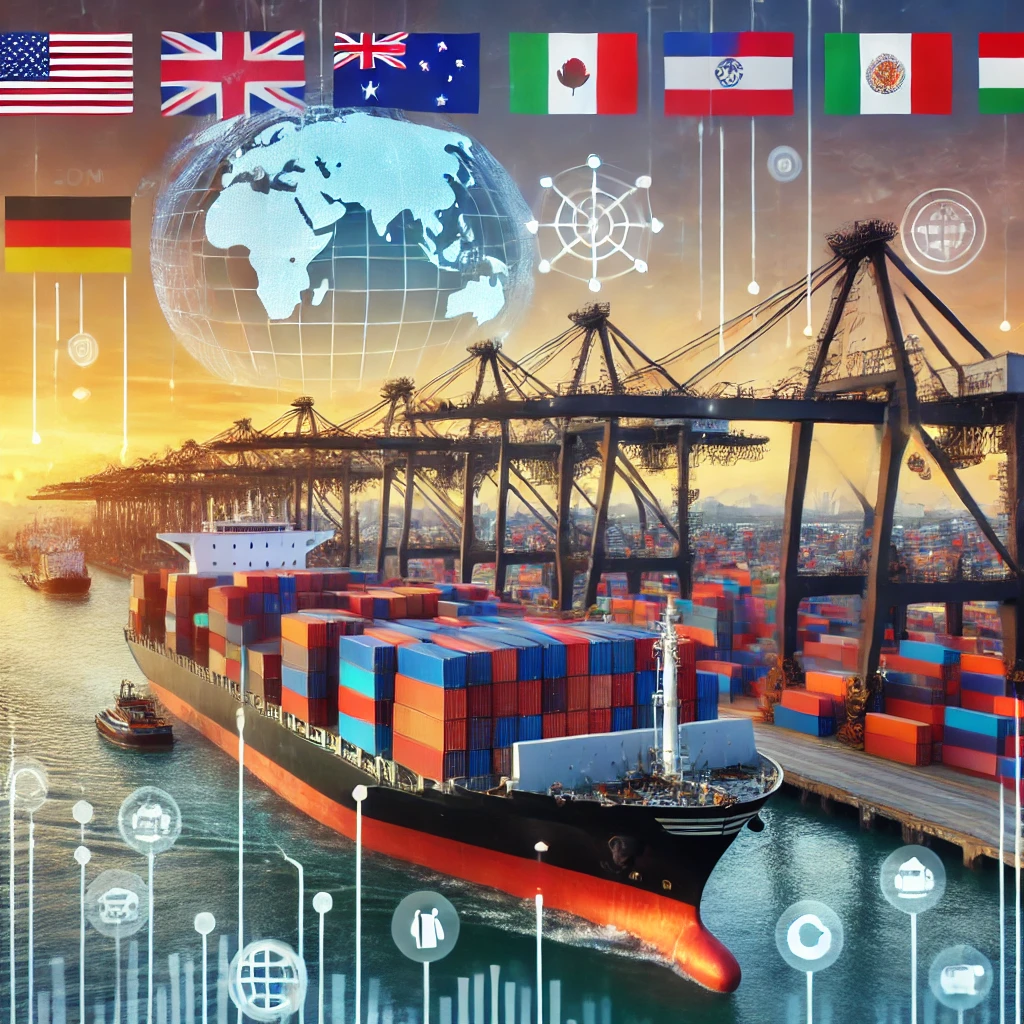Breaking Free from Algorithmic Tyranny
Recommendation algorithms shape what we see online, but they can also limit our perspectives. How do these systems impact collective thinking, and what can be done to escape the algorithmic echo chamber?

Algorithms have revolutionized the way we consume information, but they also play a significant role in narrowing our worldview. Designed to offer relevant content based on our preferences, recommendation systems often amplify biases and reduce exposure to differing opinions.
Initially, these algorithms were created to solve the problem of information overload by presenting content that is most likely to interest us. However, this “like attracts like” model can lead to the entrenchment of existing beliefs. By continuously feeding us information aligned with our viewpoints, these systems create a personalized bubble, making it increasingly difficult to encounter opposing ideas.
This narrowing of perspectives contributes to a polarized society, where individuals rarely engage with content that challenges their views. In extreme cases, this can lead to the rise of collective extremism, where a distorted sense of consensus prevails within insular online communities.
Breaking free from this echo chamber requires awareness and conscious efforts to seek out diverse perspectives. Platforms must also take responsibility for designing algorithms that promote a balanced flow of information, helping users to explore new viewpoints and combat the spread of misinformation.





